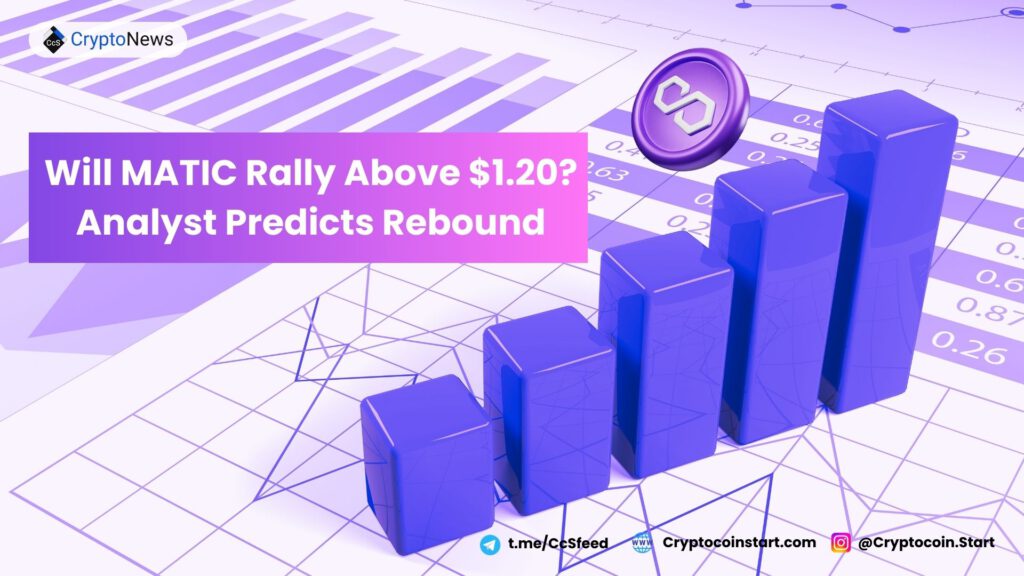
Historical Support Level and Price Surge Potential
MATIC is nearing a historical support level known for triggering substantial price increases. Historical data reveals that when MATIC previously reached this support level, it experienced price surges of up to 600% and 300%. With MATIC approaching this critical point once more, market analysts are closely watching to see if history will repeat itself. Speculation suggests that MATIC could potentially surpass $1.20 by the end of the year.
Current Market Performance
As of now, MATIC is trading at $0.4199, marking a 0.9% decrease in the past 24 hours. Over the past week, the token has faced a more substantial decline of 20%. Despite these fluctuations, MATIC continues to see significant trading volume, currently at approximately $278,887,769. This level of activity indicates that traders and investors are actively monitoring MATIC, potentially anticipating a rebound or further decline based on market conditions and indicators.
On-Chain Activity Raises Eyebrows
Recent on-chain activity has drawn attention within the crypto community. Whale Alert, a blockchain tracking platform, reported a notable transfer of MATIC tokens, with the largest single transaction involving 196 million tokens worth around $83.8 million. These tokens were moved from Polygon Staking to an unknown wallet and then back to Polygon Staking within the same day. Such large-scale transfers have sparked concerns among investors and analysts, leading to speculation about potential market manipulation or restructuring by large holders.
Conclusion: Market Sentiment and Future Outlook
The proximity of MATIC to its historical support level, coupled with significant on-chain activity, has generated mixed reactions within the crypto community. While some analysts are hopeful that MATIC could rebound based on past trends, others caution that the volatile nature of the stock market makes future movements unpredictable. The crypto community remains divided on whether MATIC will replicate its previous rallies or face further challenges in light of recent developments.

